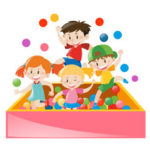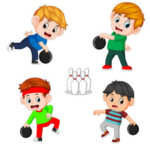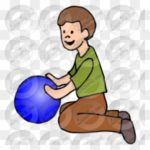
by Neetu | May 28, 2021 | Manthan
Learning Outcome
This activity develops coordination, balance, and strength as kids try to imitate the movements of a crab.
Activity Description
In a flat, open area, show your child how to crab walk.
Squat on the ground, place hands behind you and lift your hips off the ground.
Start “walking” using hands and feet.
Play follow the leader as you crab walk.
Variations
• Challenge your child to a crab walk race over a short distance.
• If several children are present, play a game of tag in a confined area while crab walking.
Required Material
4 Boundary cone
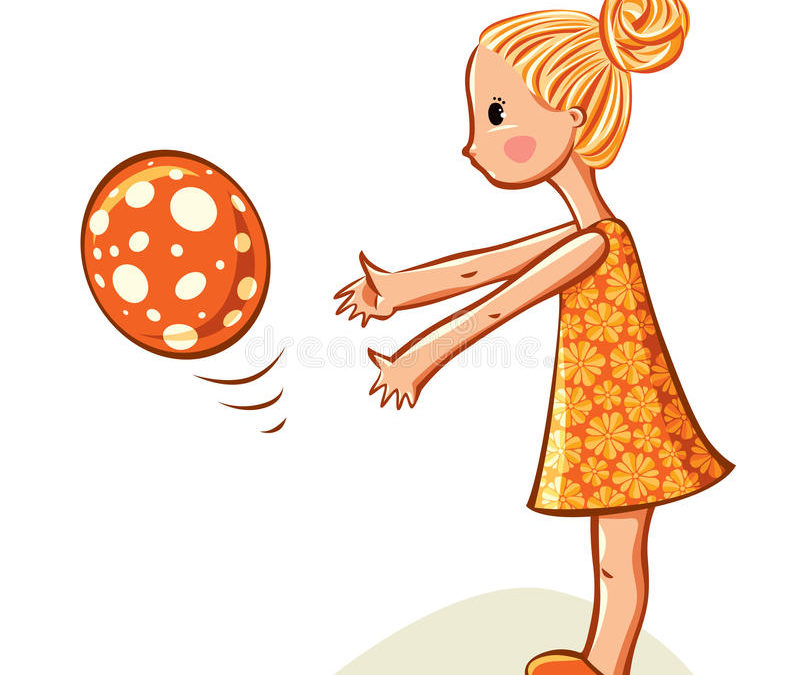
by Neetu | May 28, 2021 | Manthan
Learning Outcome
This activity develops hand-eye coordination, as well as fine motor control of the hands and fingers.
Activity Description
Show your child how to drop a ball, let it bounce once, and then catch.
Encourage your child to drop and catch the ball many times in a row.
Let your child try different sizes of balls, and start with balls that are easier to catch (e.g. larger balls).
Variations
If it helps, children with physical disabilities can sit down while bouncing and catching, so their hands are free to catch.
Required Material
4 Boundary cone, soft Basketball/ Beach ball

by Neetu | May 28, 2021 | Manthan
Learning Outcome
This activity develops coordination, balance, and strength as kids try to imitate the movements of a bear.
Activity Description
Talk with your preschool child about bears. How do bears move?
Show your child how to crawl like a bear. Knees do not touch the ground.
Stretch out a rope or ribbon on the grass, or find a line marked on the floor.
Crawl along the rope, ribbon, or line like a tightrope in the circus. Feet and hands must stay on the rope, ribbon, or line.
Variations
Challenge your child to do a bear crawl backward!
Required Material
4 Boundary cone

by Neetu | May 28, 2021 | Manthan
Learning Outcome
This activity develops throwing.
Activity Description
Place a start marker on the ground with the first hula hoop approximately 3-4 meters away. This is the first golf hole.
Place your next start marker near the first hoop with the second hoop approximately 3-4 meters away. This is your second golf hole.
Continue to place more markers and hoops to create as many golf holes as you want.
Starting at the first marker, participants try to throw their bean bags into the first hoop.
If their bean bag misses the hoop, participants retrieve their bean bag, return to the start line, and throw again until the bean bag lands in the hoop.
Participants move to the next start marker and play the next golf hole.
The game ends when all participants have gotten their bean bags into all the hoops and completed the entire golf course.
Variations
If you want to add a bit of competition, record each player’s total number of throws at each hole. The winner is the player with the lowest score at the end of the game.
Required Material
4 Boundary cone, Bean bag, softball, box
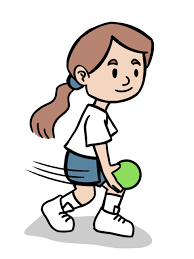
by Neetu | May 28, 2021 | Manthan
Learning Outcome
This activity develops hand-eye coordination, gross motor control, and the ability to track moving objects in the air. These skills transfer to sports and activities that involve flying objects (e.g., balls, shuttlecocks, frisbees, ribbons, sticks, batons).
Activity Description
Show your toddler how to stand with their hands and forearms forming a bowl or “basket” in front of their stomach.
Toss the ball into their “basket” from about 30 cm away.
As your child becomes confident catching at this distance, increase the distance of your toss slightly.
Eventually, see if your toddler can catch from 1 meter away.
For especially young toddlers, you might begin by simply sitting and rolling the ball back and forth between you.
Variations
Find the right level of difficulty for your child – don’t challenge your child to catch from more than 1-meter distance if they only catch 1 out of 3 tosses – keep it fun by ensuring some success
Required Material
4 Boundary cone, balls, shuttlecocks, bean bag, frisbees, ribbons, sticks, batons).

by Neetu | May 28, 2021 | Manthan
Learning Outcome
Creative Walking, walking in different ways with expression (space and body awareness).
Activity Description
Ask children to walk to a variety of music, moving in the way it makes them feel, using arms and facial expressions to help.
Ask children to walk like they are:
• in a graveyard at night
• walking a dog
• wearing a tight miniskirt
• wearing gumboots
• in thick mud
• moving along a narrow ledge
• happy, sad, excited, angry
• a toddler with nappies on – whoops!
• a waiter carrying a tray of drinks
• a woman in high-heeled shoes
• someone who has won Lotto
• someone who has a hole in their pants!
in a graveyard at night …
walking a dog!
Can you see …?
• enjoyment
• creativity
• walking to the feel of the music
You could ask …
How can you show your feelings? Which walk did you enjoy the best?
Variations
Create a movement story: For example, base it on the storybook, We’re Going on a Bear Hunt.
Required Material
4 Boundary cone, ribbons, scarves, poi, or ribbon balls.









